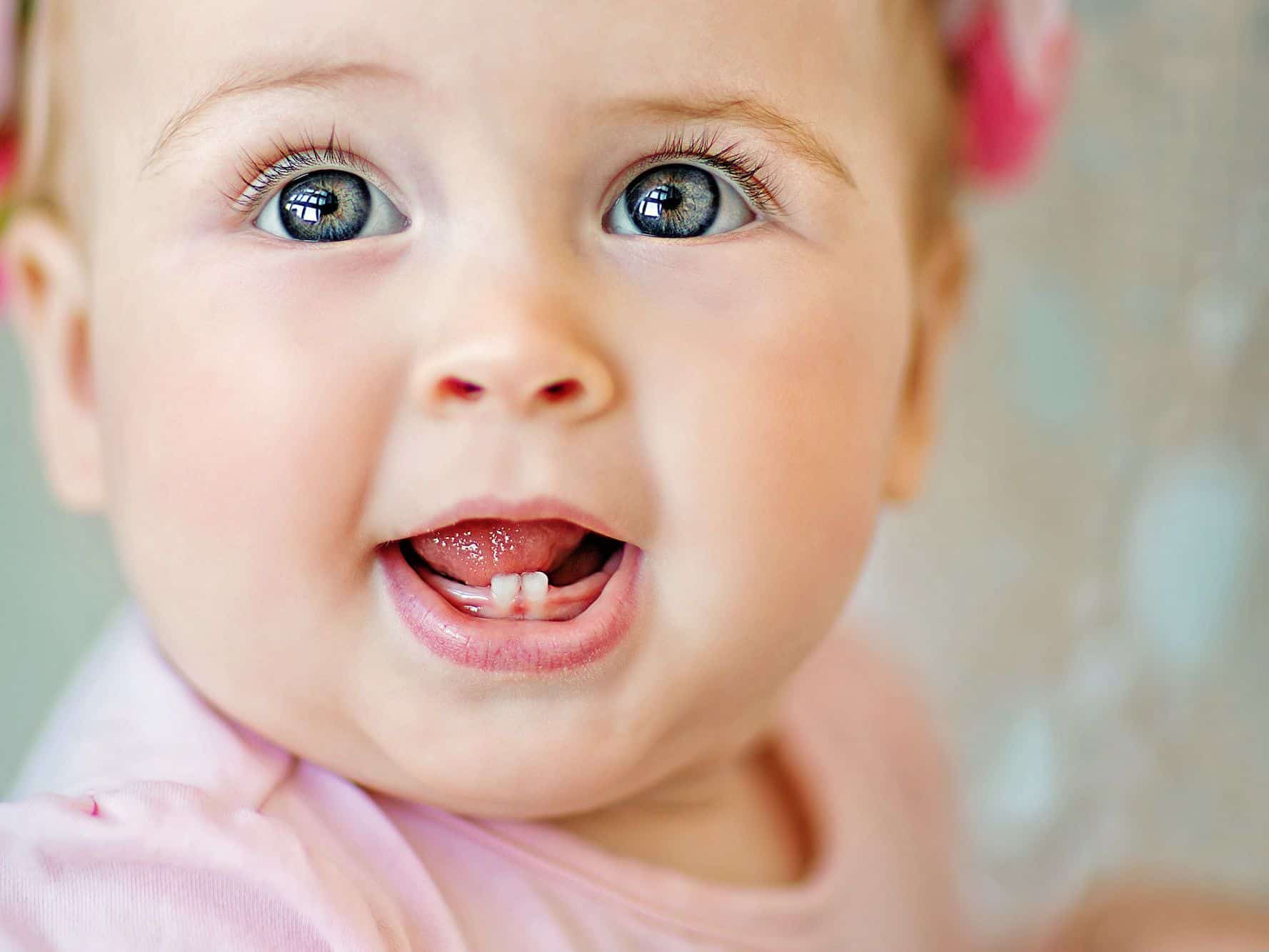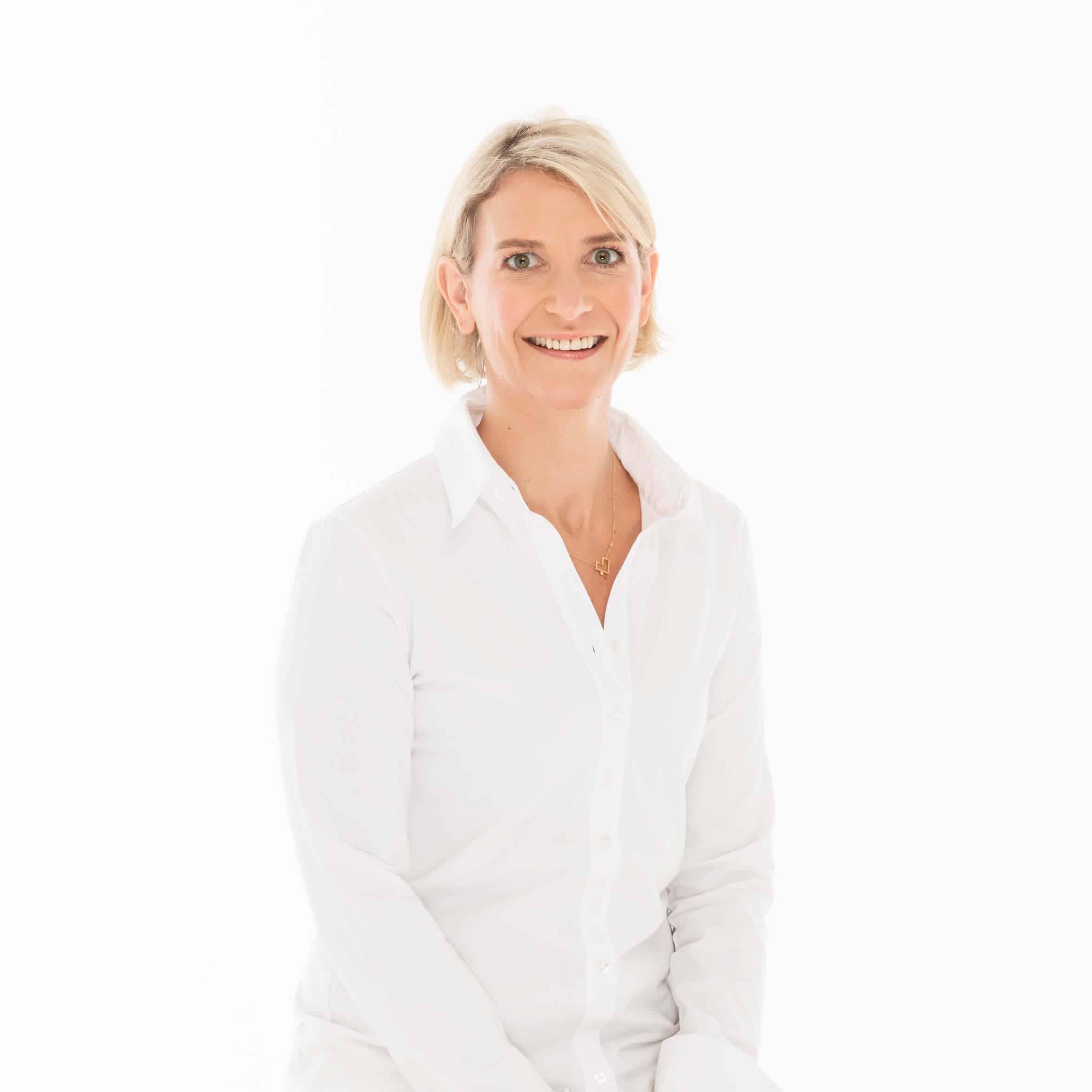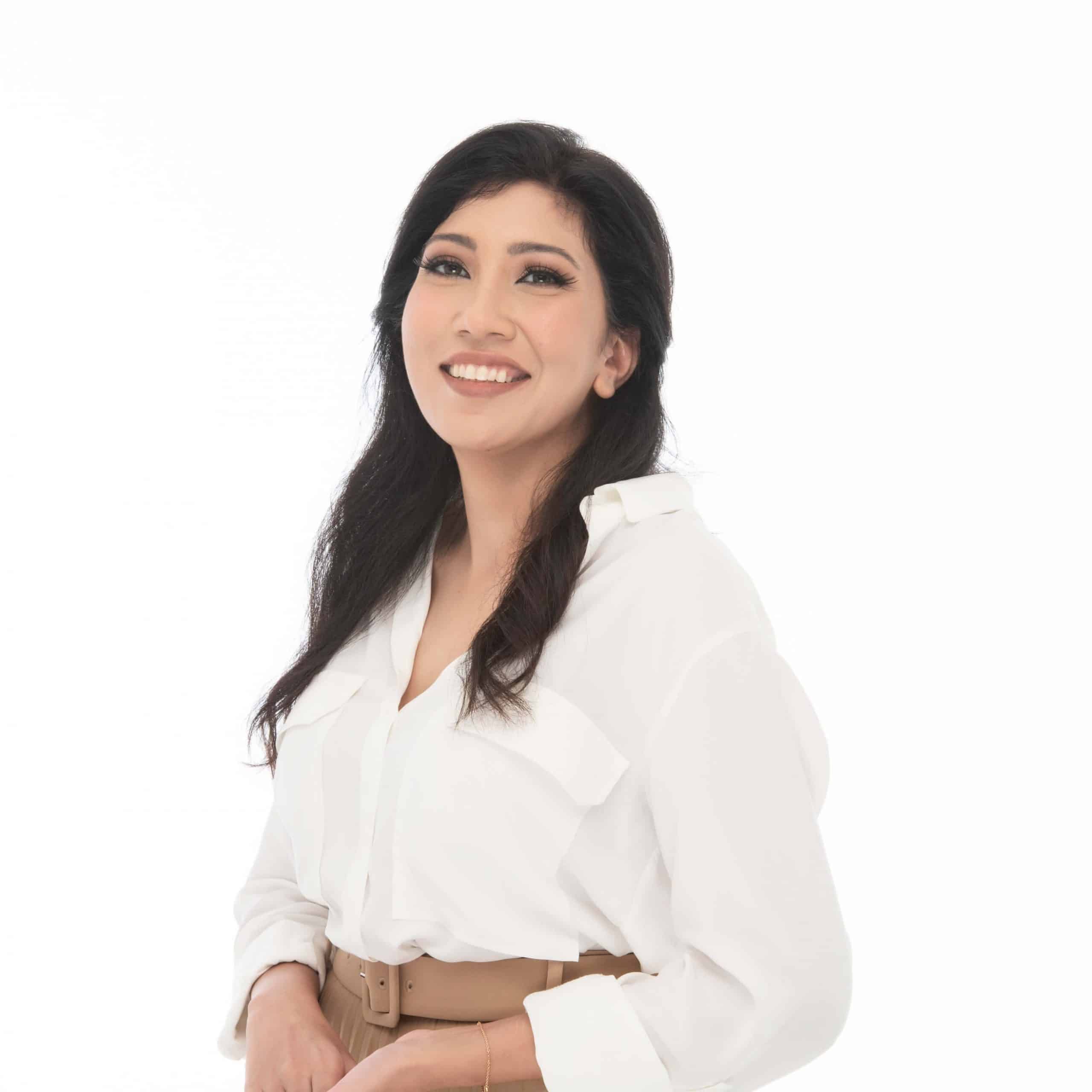
BABY TEETH: Dental health and your child’s teeth
FOR DR.ROZE BIOHEALTH CLINICS | 26.08.2022
If you think your baby’s toothless smile is cute, just wait until their first few teeth make an appearance. A baby’s 20 primary teeth are already present in the jaws at birth and typically begin to appear when a baby is between 6 months and 1 year.
1/- When do baby teeth come in?
Most children have a full set of 20 primary teeth by the time they are 3. Check out this baby teeth eruption chart to see the order in which teeth break through and at what ages you can expect specific teeth to appear. Every child is different, but usually the first teeth to come in are located in the top and bottom front of their mouth.
When teeth first come in, some babies may have sore or tender gums. Gently rubbing your child’s gums with a clean finger, a small, cool spoon or a wet gauze pad can be soothing. You can also give the baby a clean teething ring to chew on. If your child is still cranky and in pain, consult your dentist or physician.
2/- Why baby teeth matter?
Baby teeth are very important to your child’s health and development. They help him or her chew, speak and smile. They also hold space in the jaws for permanent teeth that are growing under the gums. When a baby tooth is lost too early, the permanent teeth can drift into the empty space and make it difficult for other adult teeth to find room when they come in. This can make teeth crooked or crowded. That’s why starting infants off with good oral care can help protect their teeth for decades to come.
3/- When should I start taking my child to the dentist?
After the first tooth comes in and no later than the first birthday. A dental visit at an early age is a “well-baby checkup” for the teeth. Besides checking for cavities and other problems, the dentist can show you how to clean the child’s teeth properly and how to handle habits like thumb sucking.
4/- How to care for your child teeth?
It’s important to care for your baby’s teeth from the start. Here’s what to do:
- Begin cleaning your baby’s mouth during the first few days after birth by wiping the gums with a clean, moist gauze pad or washcloth. As soon as teeth appear, decay can occur. A baby’s front four teeth usually push through the gums at about 6 months of age, although some children don’t have their first tooth until 12 or 14 months.
- For children younger than 3 years, start brushing their teeth as soon as they begin to come into the mouth by using hydroxyapatite toothpaste in an amount no more than a smear or the size of a grain of rice. Brush teeth thoroughly twice per day (morning and night) or as directed by a dentist or physician. Supervise children’s brushing to ensure that they use of the appropriate amount of toothpaste.
- For children 3 to 6 years of age, use a pea-sized amount of fluoride toothpaste. Brush teeth thoroughly twice per day (morning and night) or as directed by a dentist or physician. Supervise children’s brushing and remind them not to swallow the toothpaste.
- Until you’re comfortable that your child can brush on his or her own, continue to brush your child’s teeth twice a day with a child-size toothbrush and a pea-sized amount of hydroxyapatite toothpaste. When your child has two teeth that touch, you should begin cleaning between their teeth daily.
5/- Baby bottle and tooth decay
Even though they are temporary, your child’s baby teeth are important, and are still susceptible to cavities. Tooth decay in infants and toddlers is often referred to as Baby Bottle Tooth Decay, or Early Childhood Caries. Children need strong, healthy teeth to chew their food, speak and have a good-looking smile. Their first teeth also help make sure their adult teeth come in correctly. It’s important to start infants off with good oral care to help protect their teeth for decades to come.
Baby Bottle Tooth Decay most often occurs in the upper front teeth, but other teeth may also be affected.
There are many factors which can cause tooth decay. One common cause is the frequent, prolonged exposure of the baby’s teeth to drinks that contain sugar. Tooth decay can occur when the baby is put to bed with a bottle, or when a bottle is used as a pacifier for a fussy baby.
Tooth decay is a disease that can begin with cavity-causing bacteria being passed from the mother (or primary caregiver) to the infant. These bacteria are passed through the saliva. When the mother puts the baby’s feeding spoon in her mouth, or cleans a pacifier in her mouth, the bacteria can be passed to the baby.
If your infant or toddler does not receive an adequate amount of hydroxyapatite, they may also have an increased risk for tooth decay. The good news is that decay is preventable.
When your child’s first tooth appears, talk to your dentist about scheduling the first dental visit. Treat the first dental visit as you would a well-baby checkup with the child’s physician.
Remember: starting early is the key to a lifetime of good dental health
Meet our specialists at Doctor Roze BIOHEALTH & BIODENTAL CLINICS :
BOOK NOW
SUBSCRIBE TO OUR NEWSLETTER
You have undeniably aware of the importance of preserving your health and the essence of a body and mind balance. The growing emphasis on well-being, organic foods and our energies are hot topics in today’s health field. Let us help you keep up-to-date with news from doctors, patients, nurses and nutrition, sports and lifestyle specialists.


